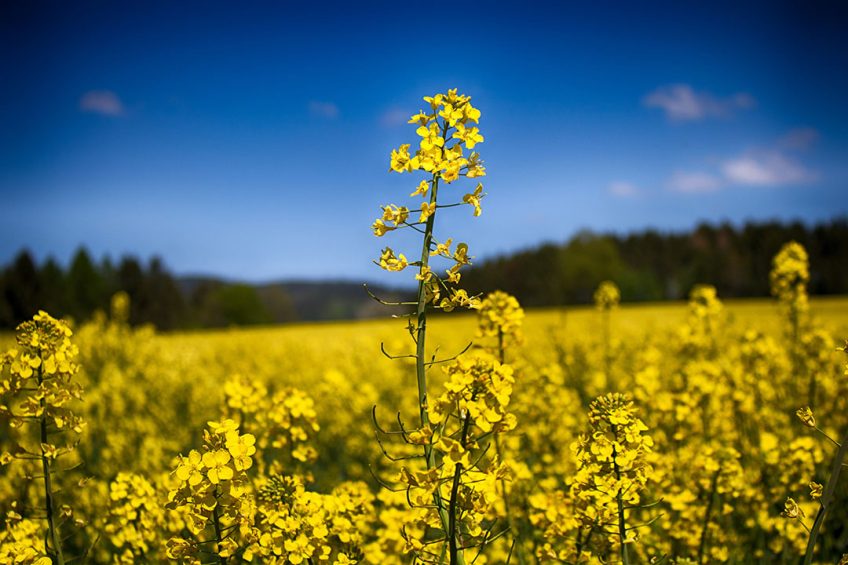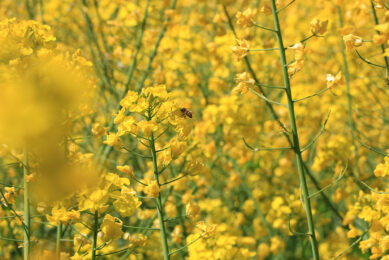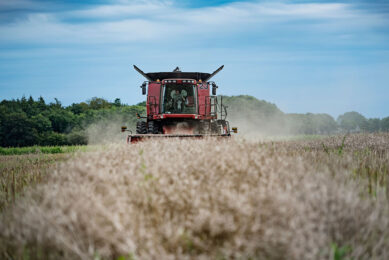UK’s poor 2020 oil seed rape yields caused by bad weather

Bad weather conditions throughout the 2020 growing season are to blame for the poor yields of oil seed rape harvested in the UK for that season.
However, the 2020 yields were not the worst ever experienced in the UK over the past 2 decades as that title is held by 2001 when the weather was extremely bad in latter end of winter.
There are 5 main weather characteristics identified that associates with higher yields.”
The average yields achieved across the UK in 2020 was 2.75 tonnes per hectare which have fluctuated greatly back to 2001 when the average yield was only around 2.5 tonnes per hectare.
During a discussion on the latest crop results, Dr Peter Berry, head of crop physiology, ADAS, explained how the weather patterns had affected yield. Dr Berry took a closer look at the weather parameters that caused the variation in yields in the past. “There are 5 main weather characteristics identified that associates with higher yields,” he said. “These include high maximum temperatures in October, a dry December, warm minimum temperature in March, a sunny dry April and a wet cool May. For example, during a warm October an increase of 2°C is associated with a yield increase of 0.17 tonnes per hectare.”
How to manage crops to withstand bad weather
Dr Berry also highlighted how to manage plants to help them withstand adverse weather conditions. He said: “If there is a cold October the advice we would give is to maximise autumn plant vigour by maximising seed-soil contact, timing sowing to maximise chance of sufficient soil moisture and use varieties with high early vigour.” An extra 50 mm of rainfall in December resulted in a yield decrease of 0.11 tonnes per hectare. If December is wet Dr Berry suggested that farmers ensure drainage systems are in good working order and minimise compaction.
Prolonged wet conditions in December 2019 was undoubtedly the main reason for the reduced yields in 2020. April, he said, was a very important month in the calendar for oil seed rape when so much happens to the crop. A decrease of 50 mm of rain in April or an extra 32 hours of sunshine increased yields by 0.2 tonnes per hectare.
Pests and diseases
Other factors that influenced the low yield were pests and diseases such as high CSFB levels, moderate light leaf spot, low phoma, low club root and very low sclerotinia.
Yield Enhancement Network 2020 date
Research consultant Dr Tom Wilkinson looks after the Yield Enhancement Network (YEN) oil seed rape work and summarised some of the key findings from the 2020 data. There were 38 entrants in the 2020 oil seed rape YEN who ended up with an average yield of 4.29 tonnes per hectare with 116,000 seeds per metre squared.
Taking a closer look at the management:
- 70% of the varieties used were hybrids,
- The average sowing date was August 26
- The average harvest date was July 23.
- Around 208 kgs of nitrogen per hectare was applied in 3 applications.
- The best yields were influenced by sowing dates,
- The best results achieved by sowing at the end of August.
- Crops on wider row widths were associated with lower yields in 2020 as they probably struggled with compensatory branching due to dry conditions and struggled filling in the gaps in wider rows.











